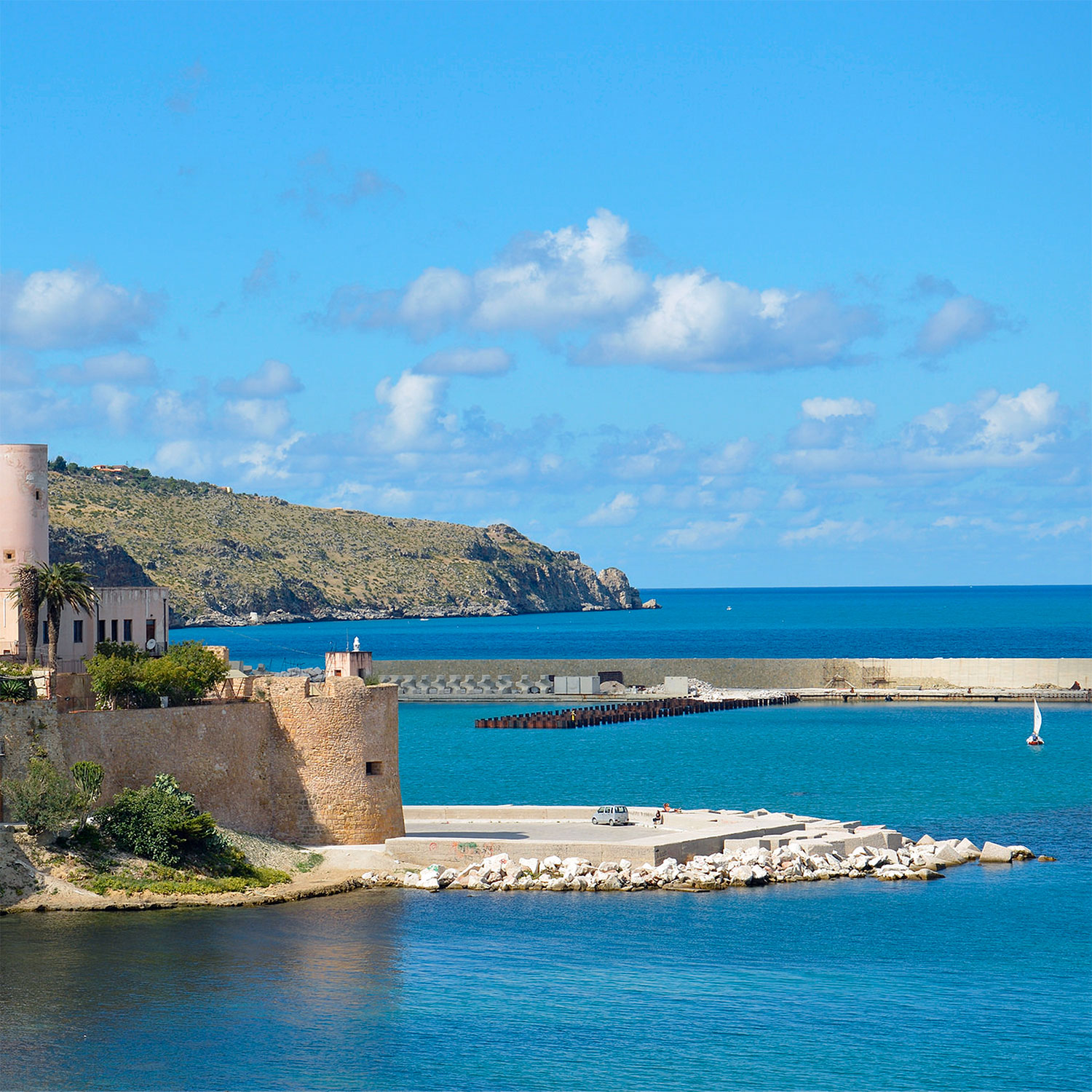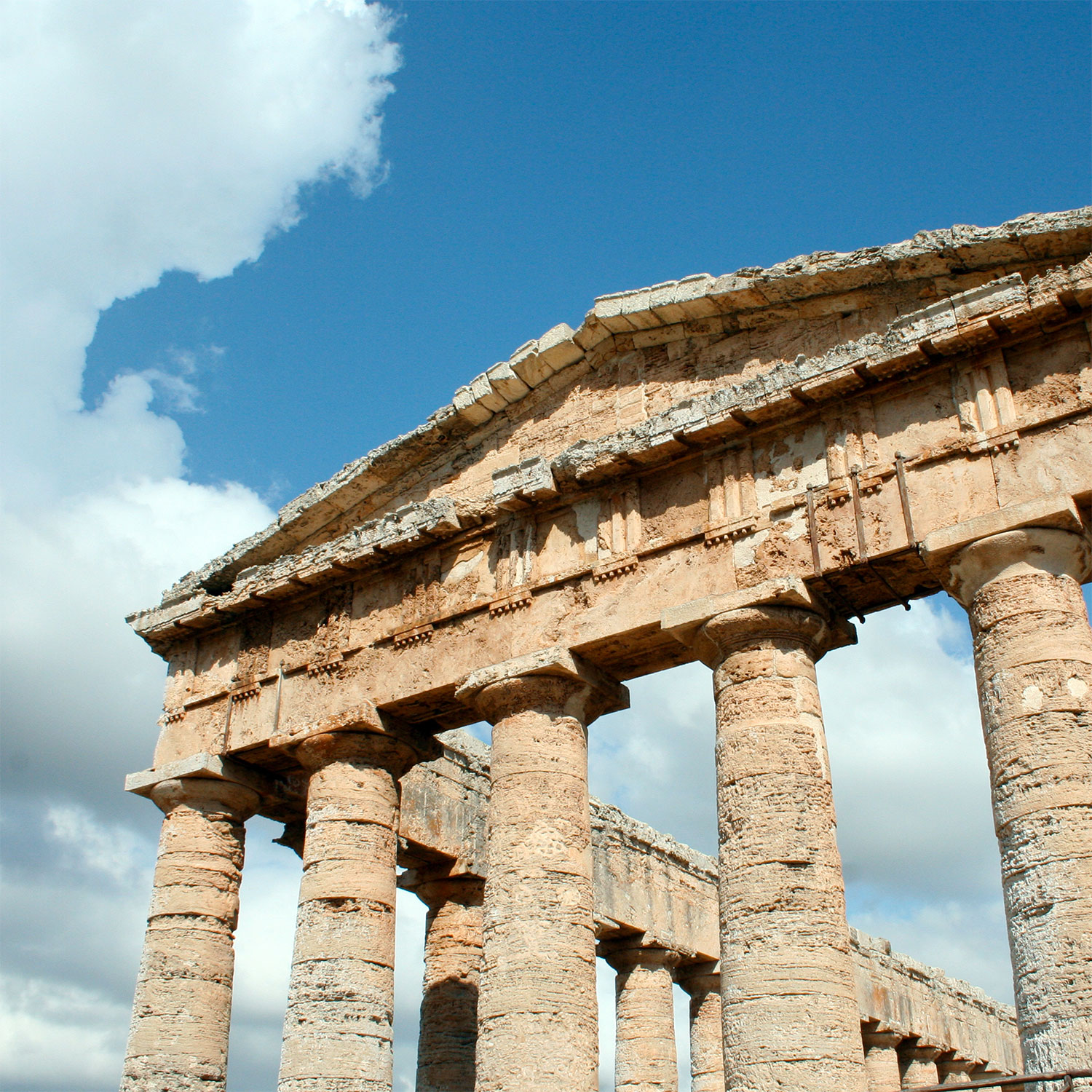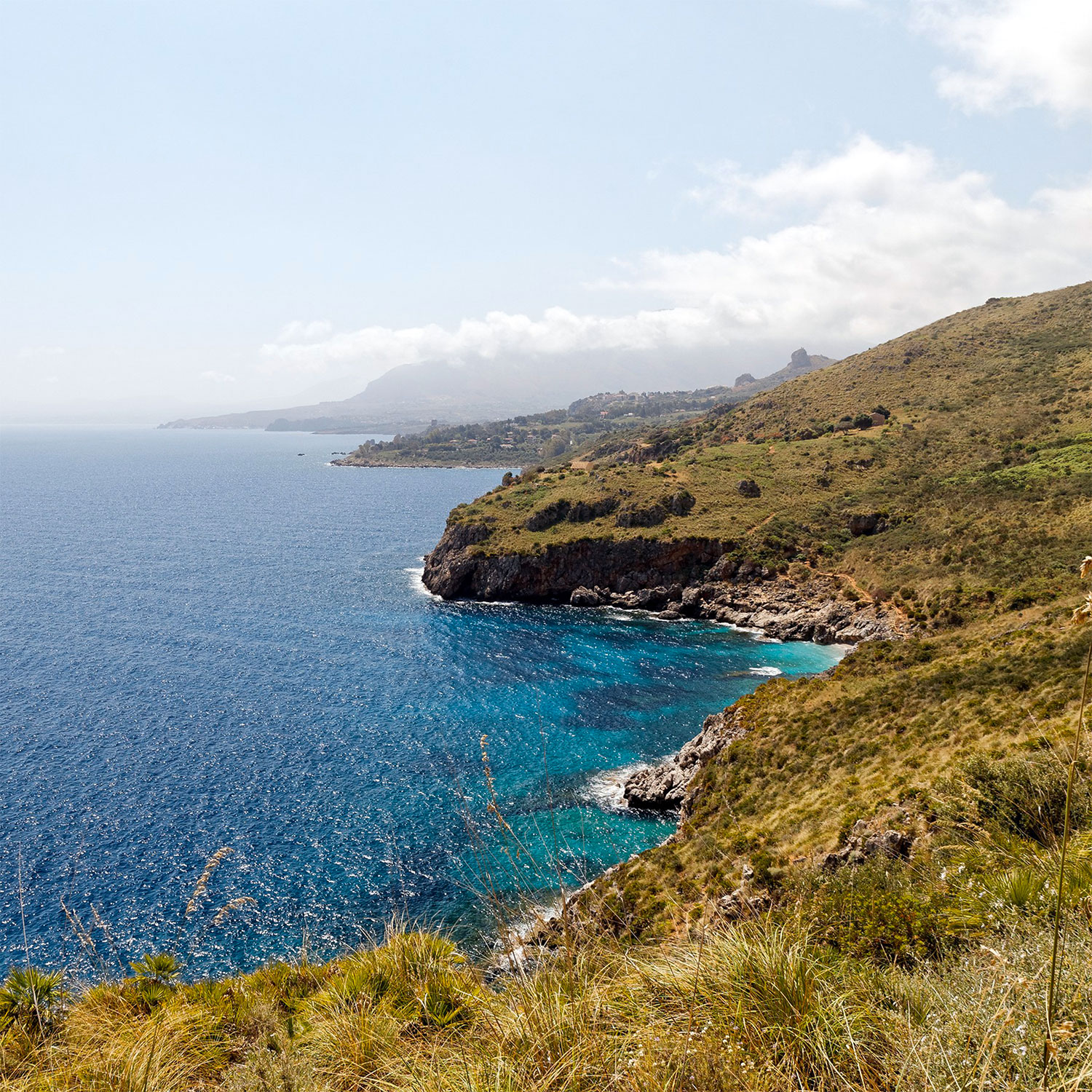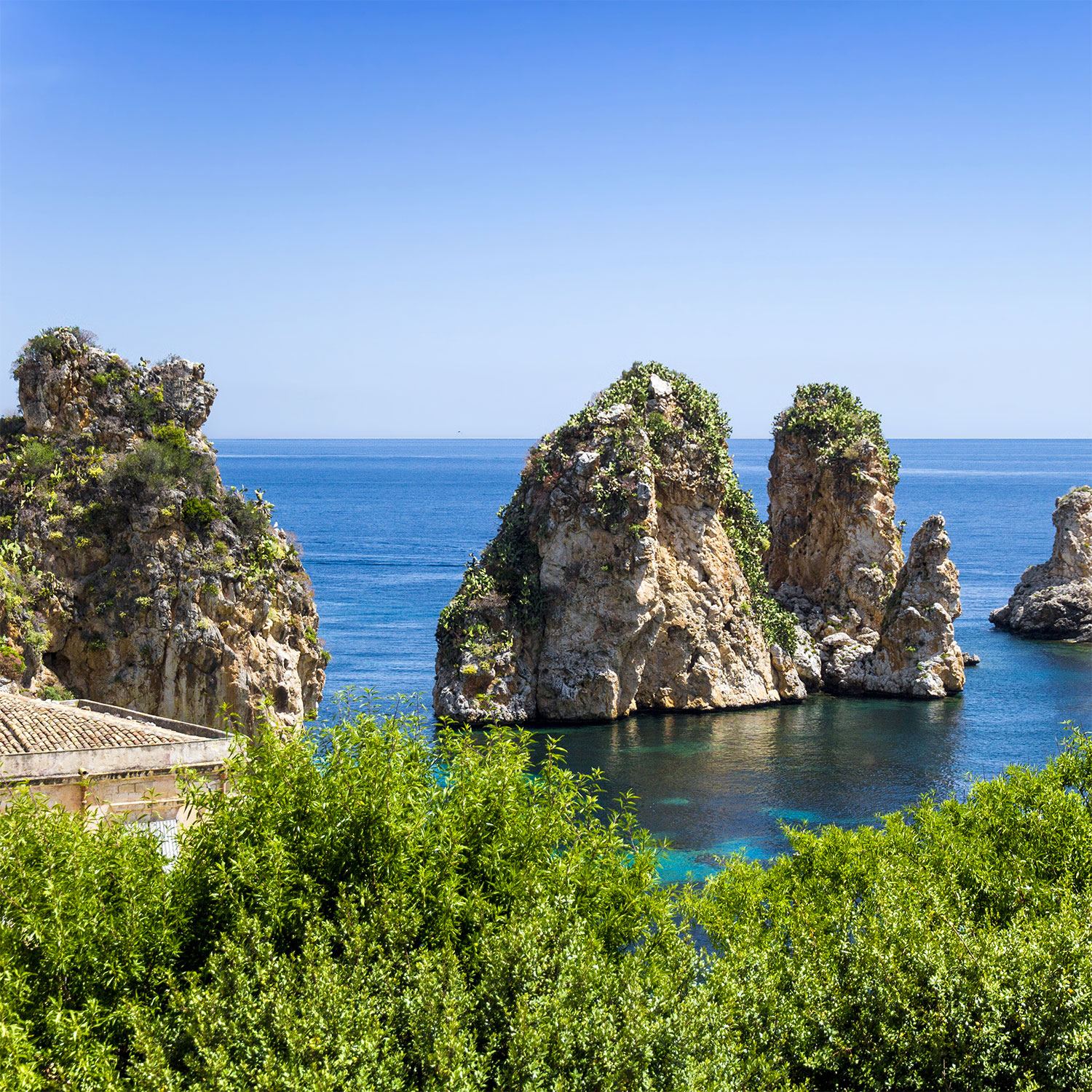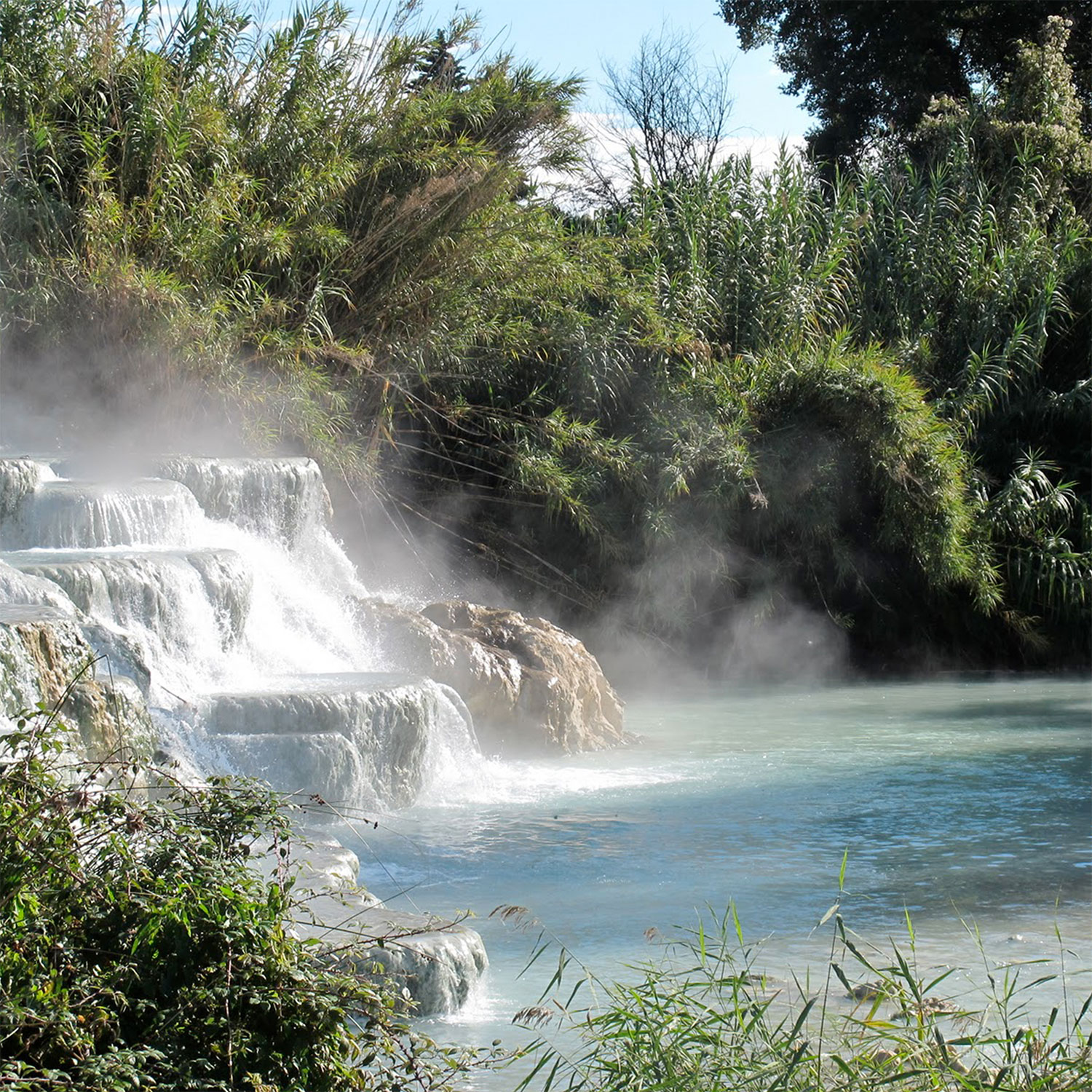«In the public garden near the port, all alone spent a few magnificent hours. It is the most beautiful place in the world. "Johann Wolfgang von Goethe, poet. First Greek and Roman city, then Arab capital, later conquered by Normans and Swabians, this is Palermo, a place where Arabian and Norman preciousness coexist, baroque and liberty taste of monuments, palaces and theaters, but also of gardens and of the markets. The influence of Palermo's multiethnic past is visible in the Cathedral, a majestic building begun in the 12th century. and repeatedly remodeled, enriched by an eighteenth-century dome and a medieval bell tower. Born on a pre-existing basilica, transformed into a mosque by the Arabs and then returned by the Normans to the Christian religion, the cathedral is embellished with gothic decorations and houses the relics of Santa Rosalia, patron saint of the city. There are also the tombs of the emperors, including Roger II and Frederick II. Nearby is the Palazzo dei Normanni, originally an Arab building, which has always been the seat of power: it contains the Palatine Chapel, rich in Byzantine influence mosaics which, together with those of the church of Santa Maria dell'Ammiraglio (or Martorana), represent real masterpieces of art. The elegant Martorana, with its tall arched bell tower, dates back to the Norman era, while the monumental Pretoria fountain that occupies the nearby homonymous square is of Baroque style. The road that goes from the cathedral to the Martorana passes through piazza Vigliena, called the "Quattro canti", a crossroads decorated with statues and fountains of the seventeenth century. Piazza della Pretoria overlooks the seventeenth-century Palazzo del Municipio, with a splendid 16th century fountain made up of 644 marble groups. It is in this area that the streets bear names in Italian, Arabic and Hebrew. From here, moreover, you go down towards the sea, passing through the Vuccirìa, the oldest and most animated market in the city, in Piazza San Domenico, where stands the homonymous church, one of the most interesting Baroque buildings in the city. Another building of the Norman era is the deconsecrated church of San Giovanni degli Eremiti, with its oriental red domes, built on the foundations of an ancient mosque. In the ancient heart of the city is the imposing fourteenth-century building called Steri (from hosterium, fortified palace), formerly a prison and a court, today the seat of the university rectorate. Nearby there are the church of Santa Maria degli Angeli, and Palazzo Abatellis, home to the Regional Gallery which houses works of art and paintings ranging from the Middle Ages to the 1700s. The most modern part of Palermo is on the other side of the city. Overcoming the neoclassical Teatro Massimo, temple of the lyric, in Piazza Politeama you can see the other city theater, Teatro Politeama Garibaldi, built in the mid-nineteenth century in Pompeian style. Attracting town is the characteristic Teatro dei Pupi, the puppet theater, whose protagonists have always been Charlemagne and his paladins. Along via Libertà, shaded by trees, you enter the area where the nineteenth-century and liberty architecture triumphs, whose splendid symbols are the squared and animated streets. The Botanical Garden, founded in 1789, is famous for specimens from all over the world. The Zisa (on the homonymous square) and Cuba (in Corso Calatafimi), oriental buildings, dating back to the reign of William II, are further away from the center.



